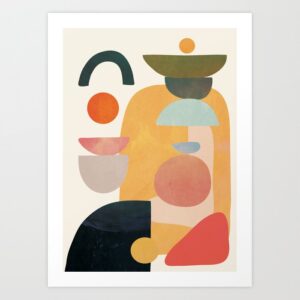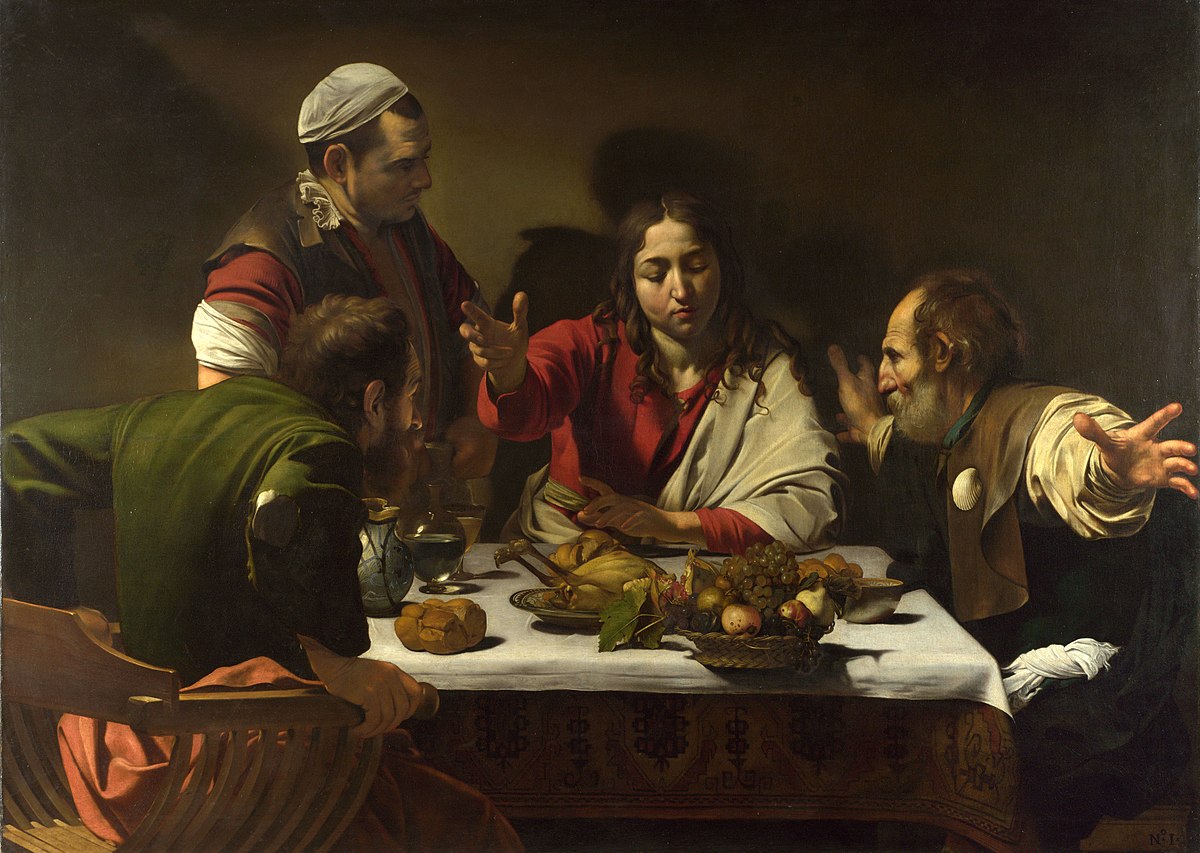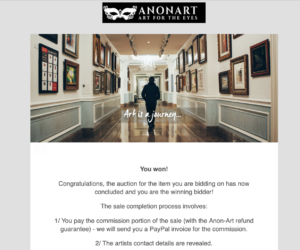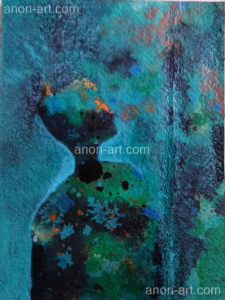How do we know if what we’re looking at is actually art? It’s a great question and what one person considers to be art might not be in agreement with another. A study, that was published in 2017 looked at just this very question by looking at how people classified works of art. Previous studies that looked at the classification of works as art, based on observations, suggested that even looking at pieces that would fall into a category that might be labeled ‘genuine works of art’, the people  making the judgement would not always agree.
making the judgement would not always agree.
The study, itself, systematically showed its participants several different types of pictures and asked for them to quickly respond with either art or not art, looking for their immediate impression. They were also asked to state if they liked the image they saw. In this way, the researchers looked to determine if the participants were judging pieces they liked as art and if the type of art (sculpture, Baroque, abstract, plus others) had an impact their classification. The findings were interesting…
95% of people in the study considered Baroque and Renaissance pieces as art
75% of people thought that abstract and poorly executed paintings actually classified as art.
50% considered ready-made sculptures as art
40% thought hyper-realistic paintings were art
15% felt that images of everyday, non-art, objects
…and their classification of a piece as a work of art was found to be directly linked to whether or not they liked it!
…but, in all cases, every person didn’t agree that all pieces in each classification was art. So, of the 95% who thought that Baroque and Renaissance pieces were art, only 72% of them thought that all of the Baroque and Renaissance pieces were art.
As artists, what does this mean for our paintings and our market for sale?
 This study showed that the participants felt that objects which evoked some kind of meaningful experience, such as, stimulating thoughts or emotions, or which challenged them in some way, were more likely to be considered as art. With this in mind, art that is thought-provoking and expressive will be viewed more positively by those who are attracted to it aesthetically.
This study showed that the participants felt that objects which evoked some kind of meaningful experience, such as, stimulating thoughts or emotions, or which challenged them in some way, were more likely to be considered as art. With this in mind, art that is thought-provoking and expressive will be viewed more positively by those who are attracted to it aesthetically.
Ultimately, it’s the beholder that considers a work either art or not, no matter what we or anyone else thinks. Produce art from the heart and it will find an appreciative home.
Study originally published in:
Frontiers in Psychology 09 October 2017 | https://doi.org/10.3389/fpsyg.2017.01729




